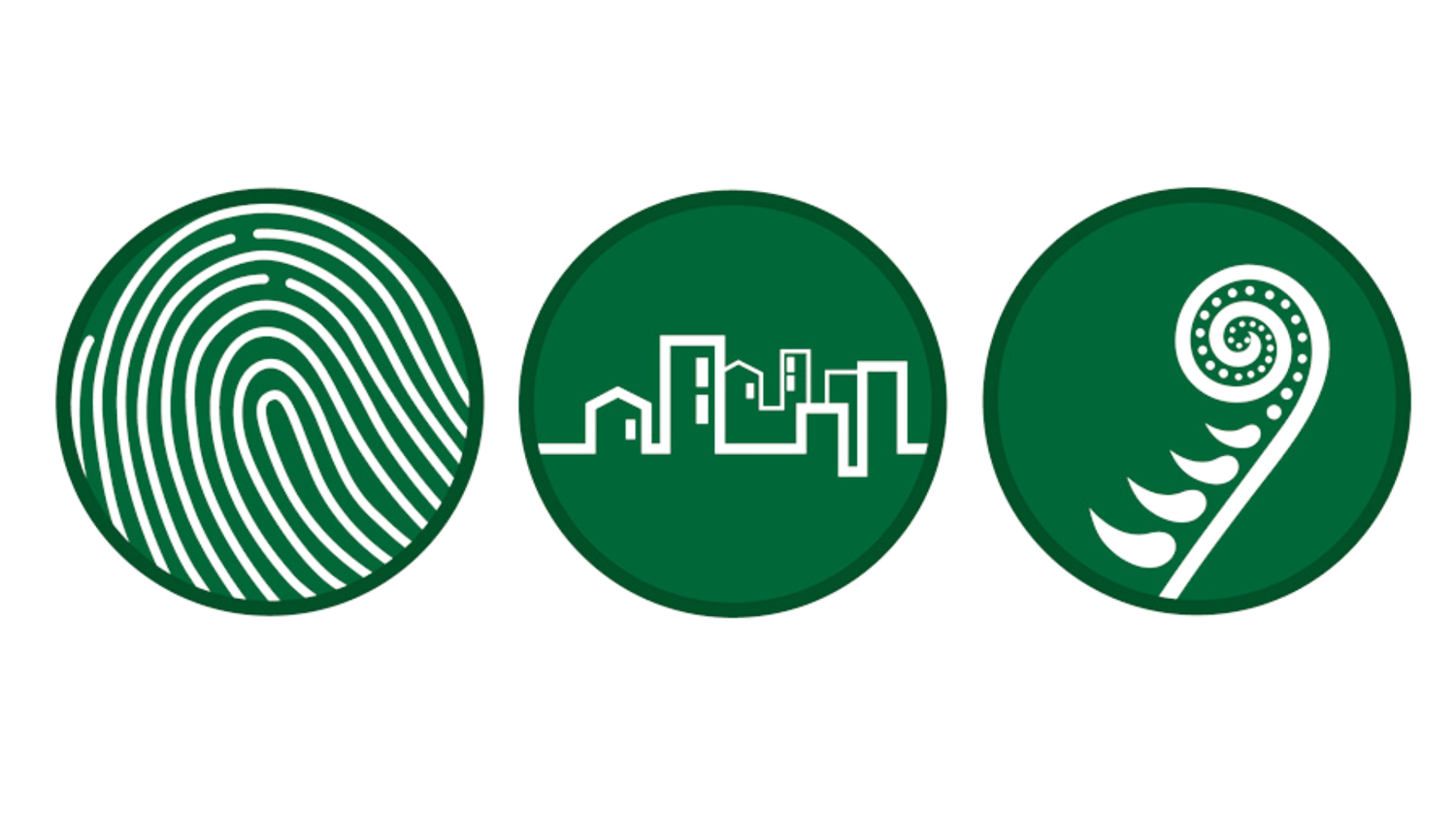Biodiversity loss is an urgent global problem that is both caused by and has impacts on humans. It is interdependently linked with climate change in that more climate change causes more biodiversity loss and vice versa. Because most humans now live in cities there is a need to understand how cities impact biodiversity and how urban biodiversity impacts people. Ways of integrating biodiversity concerns into urban planning and architectural design are urgently needed.
More about design for urban biodiversity: The importance of urban biodiversity – an ecosystem services approach
Research Projects
People, Cities, Nature: BiodiverCITY Aotearoa 2021 – 2026. Pedersen Zari is a primary researcher on one of the People, Cities, Nature projects: Aotearoa BiodiverCITY (ABC). ABC focuses on strategies to increase urban biodiversity in existing and new residential developments in Aotearoa. People, Cities, Nature is an Aotearoa New Zealand Ministry of Business, Innovation and Employment Endeavour Funded 5 year programme.
REDLab urban biodiversity publications
Journal articles and conference papers:
- 2022, Pedersen Zari, M., M. MacKinnon, K. Varshney & N. Bakshi, 2022. ‘Regenerative living cities and the urban climate–biodiversity–wellbeing nexus’, Nature Climate Change, Nature, vol. 12(7), pages 601-604, July. https://doi.org/10.1038/s41558-022-01390-w
- 2022, K. Varshney, Pedersen Zari, M., & N. Bakshi, 2022. ‘Carbon sequestration and habitat provisioning through building-integrated vegetation: A global survey of experts’, Buildings 12(9) Article number 1458 2022. https://doi.org/10.3390/buildings12091458
- 2021, MacKinnon, M., Pedersen Zari, M., Brown, D.K. ‘Architecture as habitat: Enhancing urban ecosystem services using building envelopes’. Advances in Environmental and Engineering Research, Vol. 2, No. 4, Pg 20.
- Components of landscape pattern and urban biodiversity in an era of climate change: a global survey of expert knowledge
Urban Ecosystems. Vol. 21, No. 5, pg. 903-920, 2018.
Rastandeh, A., Pedersen Zari, M. & Brown, D.K. - 2018, Rastandeh, A., Pedersen Zari, M., & Brown, D. K. ‘Land cover change and management implications for the conservation of a seabird in an urban coastal zone under climate change’. Journal of Ecological Management & Restoration. Vol. 19, No. 2, pages 147-155.
- 2018, Rastandeh, A., Pedersen Zari, M., ‘A spatial analysis of land cover patterns and its implications for urban avifauna persistence under climate change’. Landscape Ecology. Vol. 33, No. 3, pages 455-474.
- 2018, Rastandeh, A., Brown, D.K. and Pedersen Zari, M., ‘Site selection of urban wildlife sanctuaries for safeguarding indigenous biodiversity against increased predator pressures’. Urban Forestry & Urban Greening, 32, pages 21-31.
- 2018, Rastandeh, A., Pedersen Zari, M., Brown, D. & Vale, R. ‘Utilising exotic flora in support of urban indigenous biodiversity: lessons for landscape architecture’. Landscape Research. Vol. 43, No. 5, pg. 708-720.
- 2018, Rastandeh, A., Pedersen Zari, M., Brown, D.K. & Vale, R. ‘Analysis of landform and land cover: potentials for urban biodiversity conservation against rising temperatures’. Urban Policy & Research. Vol. 37, No. 3, pages 338-349.
Theses:
- Cohabitate: Urban Design for the Support of Coastal Biodiversity,
Master of Architecture thesis by Tim Donaldson, 2022. - Bridging the Distance: Accommodating Wildlife Interaction in an Urban Setting,
Master of Landscape Architecture thesis by Michaela Thomson, 2020. - Biodiver_cities,
Master of Architecture thesis by Jennifer Koats, 2020. - Urban biodiversity in an era of climate change: Towards an optimised landscape pattern in support of indigenous wildlife species in urban New Zealand,
PhD by Amin Rastandeh, 2018.

Image by Tim Donaldson
Pedersen Zari urban biodiversity publications:
Abstracts and links to these publications
- Devising urban biodiversity habitat provision goals: ecosystem services analysis.
Forests. Vol. 10, No. 5, pg 39-48, 2019. - The importance of urban biodiversity. An ecosystem services approach.
Biodiversity International Journal. Vol. 2, No. 4, pages 357-360, 2018. - Ecosystem services analysis in response to biodiversity loss caused by the built environment. S.A.P.I.E.N.S. Vol. 7, No. 1. 2014.
Current Collaborators:
- Katie Jenkins (Master of Landscape Architecture, Te Herenga Waka Victoria University of Wellington)
- Maggie MacKinnon (PhD candidate, Te Herenga Waka Victoria University of Wellington)
- Kamiya Varshney (PhD candidate, Te Herenga Waka Victoria University of Wellington)
- Maria Rodgers (PhD candidate, Te Herenga Waka Victoria University of Wellington)
Past Collaborators:
- Heleen van Leur (Master of Bio-inspired Design, Utrecht University, Netherlands)
- Amin Rastandeh (PhD, Te Herenga Waka Victoria University of Wellington)
- Tim Donaldson (Master of Architecture, Te Herenga Waka Victoria University of Wellington)
- Michaela Thomson (Master of Landscape Architecture, Te Herenga Waka Victoria University of Wellington)
- Jennifer Koats (Master of Architecture, Te Herenga Waka Victoria University of Wellington)
